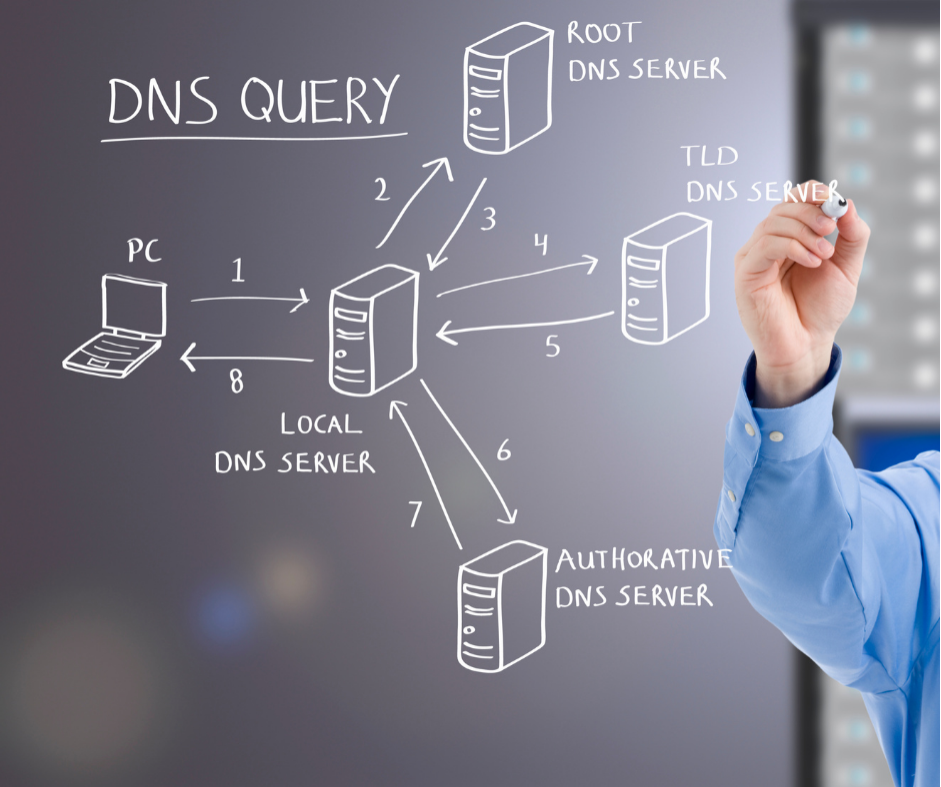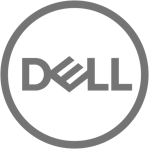Server Management
Common DNS Issues & How to Fix Them | Storm Internet

DNS issues can be frustrating and confusing for both casual browsers and businesses. What’s worse is that when most people see that error message, few know what it actually means.
If this sounds like you, then you’re in luck! In this blog post, we’re going to walk you through the most common DNS issues and how to fix them.
So, if you want to crack those infamous DNS codes finally, read on.
What Is a DNS?
DNS (Domain Name System) is a system that translates domain names into IP addresses. Domain names are essentially labels for humans to remember because they’re much more straightforward than long strings of numbers.
For example, when you type “google.com” into your web browser, your computer contacts a DNS server to find out the IP address for google.com. The DNS server then returns the IP address to your computer so that it can connect to Google’s website.
Despite the issues domain name systems cause, few people understand how to fix them – and even experienced IT professionals can struggle.
How Do I Know If My DNS Is Working?
There are several ways to test if your DNS is working correctly:
- Ping the domain name from a command prompt or terminal window
- Check the hostname resolution on a Linux machine
- Use a web-based tool such as WhatsMyDNS.net
- Check the DNS records for your domain using a tool like MxToolbox
If you are having trouble connecting to websites or applications, it is best to check all of these methods to determine if the problem is with your DNS.
Common DNS Issues
Several common DNS issues can cause problems with website and application connectivity.
Knowing how to identify and repair them can save you time – but if you’re not aware of how DNS errors occur, it’s always best to leave it to a professional.
The server is not responding.
Without a doubt, this is one of the more common DNS messages users encounter. This error message means that your computer was unable to connect to the DNS server, and it could be due to:
- A broken or unresponsive DNS server
- Issues with your internet connection
- High amounts of traffic create problems with the server
- Your firewall or security software could be blocking the connection to the DNS server
If you are receiving this error message, we recommend checking your internet connection and firewall settings and trying a different DNS server.
DNS Isn’t Configured Correctly
This error message is usually caused by a misconfigured DNS server or client. Several things could cause this:
- The IP address of the DNS server was entered incorrectly
- The domain name was entered incorrectly
- The DNS suffixes were not configured correctly
- There is a problem with the network adapter configuration
If you receive this error message, we recommend checking your DNS settings and networking adapter configuration.
Email delivery requires DKIM, MX and SPF records, and if these aren’t configured, it can result in an error.
Before you look at the DNS, check your email records to help you decide if the issue lies with the DNS or your email configuration.
High DNS Latency
DNS latency refers to the amount of time it takes for a DNS query to be resolved.
If you have high latency, it can cause website and application connectivity problems because the user has to wait for the DNS query to timeout. The issue can occur because:
High traffic is overloading the DNS server
The network connection between the user and the DNS server is slow or congested
There is a problem with the DNS cache on the user’s computer
If you are experiencing high DNS latency, we recommend checking your internet connection and firewall settings. You can also try using a different DNS server.
Elevated TTL Values
Time to live (TTL) is the amount of time a DNS record is cached on a DNS server. When the TTL expires, the DNS server will query the original source for the DNS record.
If you are experiencing problems with website and application connectivity, it is likely because the TTL values are too high. When your TTL values are elevated, it’s often due to:
- The DNS servers are overloaded or unresponsive
- A problem with your internet connection
- Your firewall or security software blocking the connection to the DNS server
We recommend lowering the TTL values for your DNS records to fix this issue. However, this can sometimes cause an excess query load, but you can upgrade your server to remove this issue.
DDOS Attacks
A distributed denial of service (DDOS) attack is a type of cyberattack that uses multiple devices to flood the target with traffic.
DDOS attacks can cause website and application connectivity problems because the target server becomes overwhelmed with traffic and cannot respond to legitimate requests.
If you are experiencing problems with website and application connectivity, a DDOS attack may be targeting you. In this case, we recommend contacting your internet service provider or hosting company for assistance.
You can also use a DDOS mitigation tool to resolve the issue, but it’s best to contact a professional if you’re not familiar with the technical elements.
How To Maintain a DNS
The best way to ensure your DNS has few issues is to use a specialist DNS management service. Not only can you use the included guides to identify and repair any problems, but managed services take away all of the guesswork.
This kind of service is highly beneficial for people that don’t know much about DNS issues, and it can save you a lot of time and money.
Final Thoughts
We hope this article helps you to understand some of the most common DNS issues and how to fix them. If you are still having problems, we recommend contacting a professional for assistance.
DNS is an integral part of your website or application’s infrastructure, and it must be configured correctly. By using a specialist DNS management service, you can ensure that your DNS is always running smoothly.
If you found this post useful, you might like our post on SSL Certificates or other advice on everything related to the internet and hosting.
Speak with a Storm Expert
Please leave us your details and we'll be in touch shortly
A Trusted Partner








